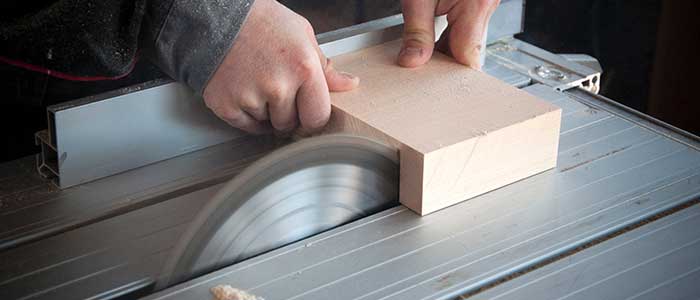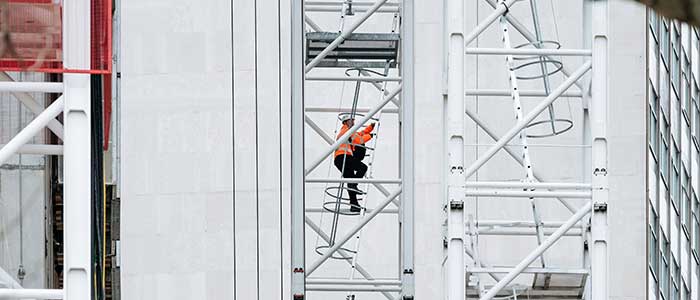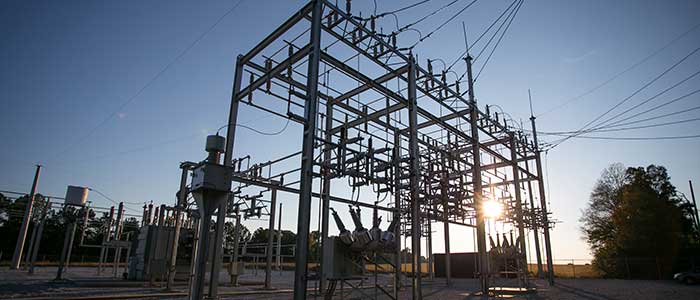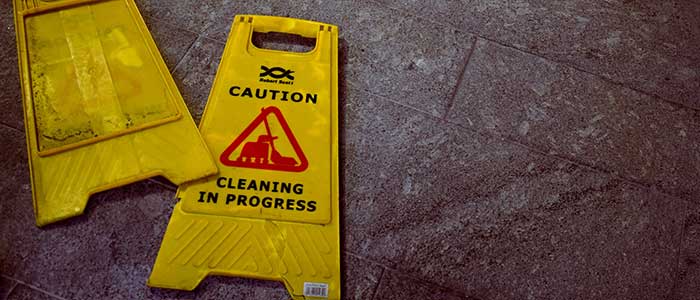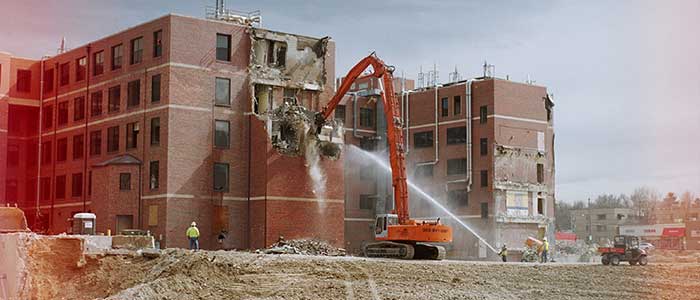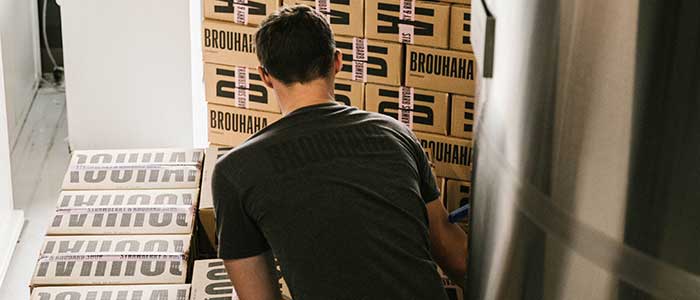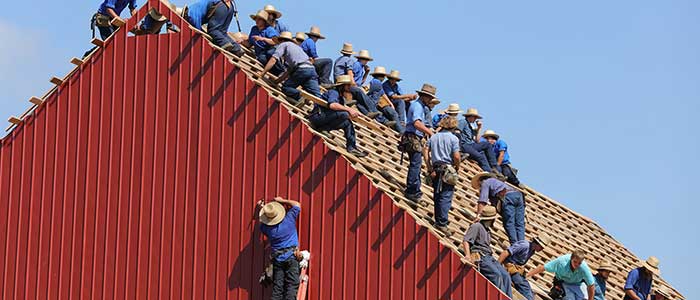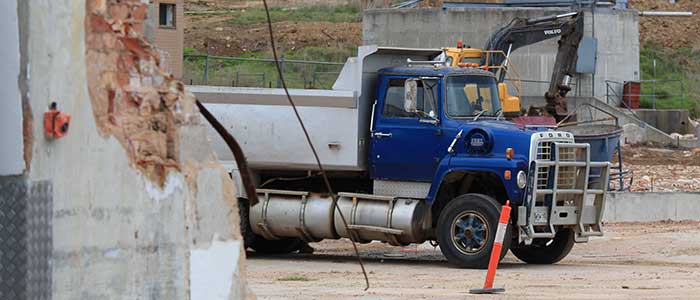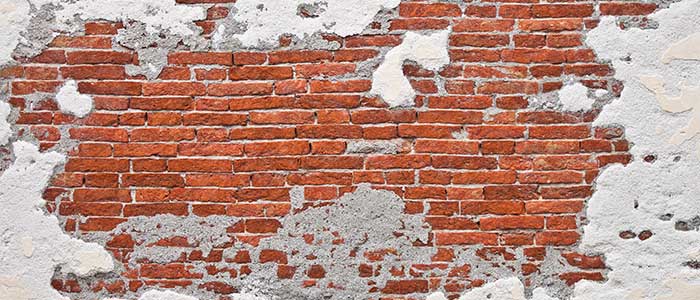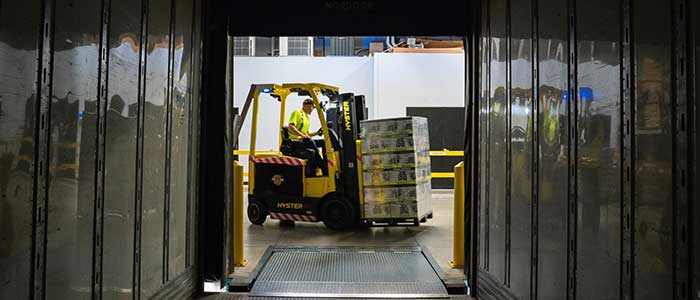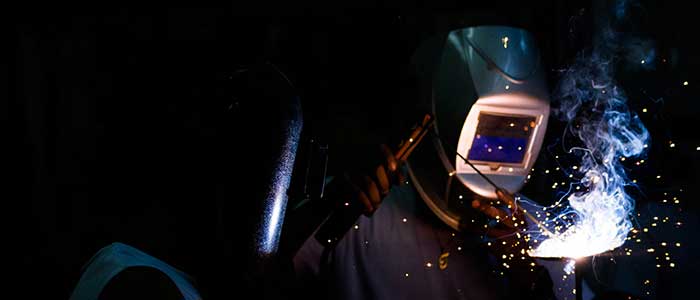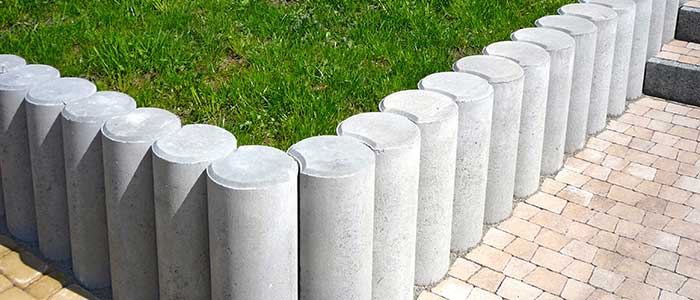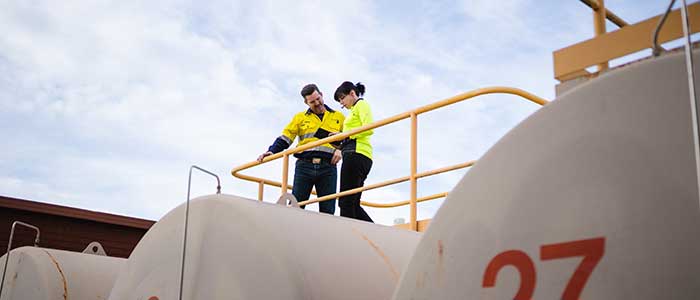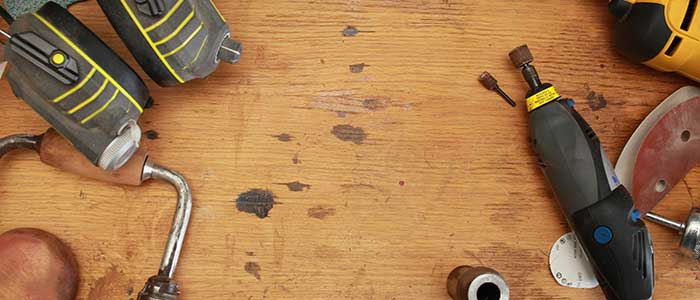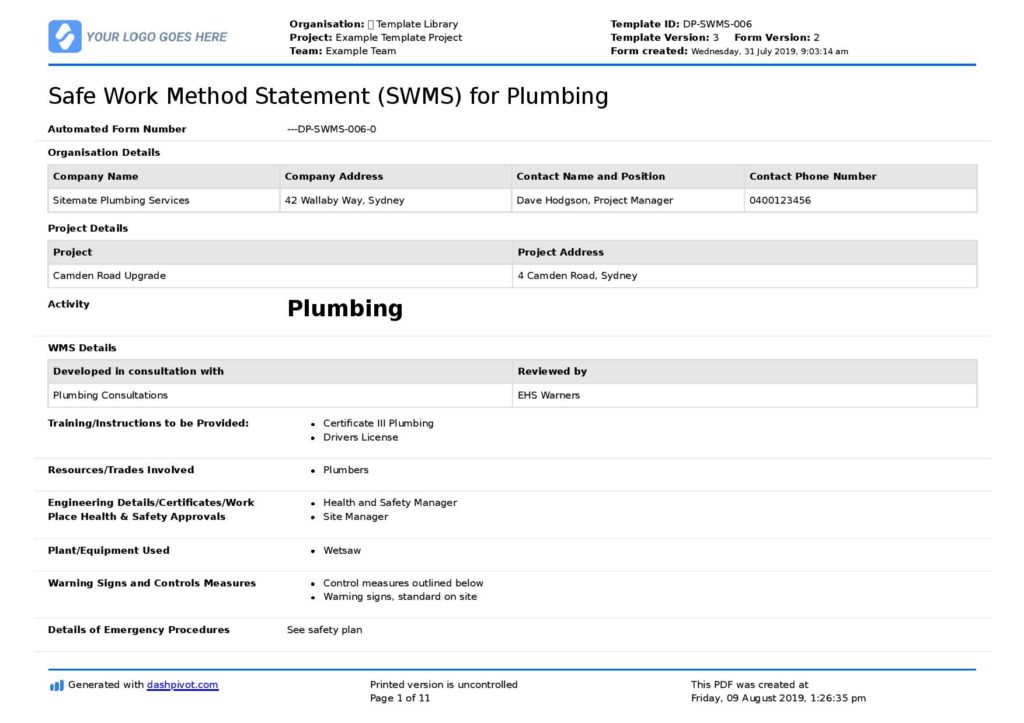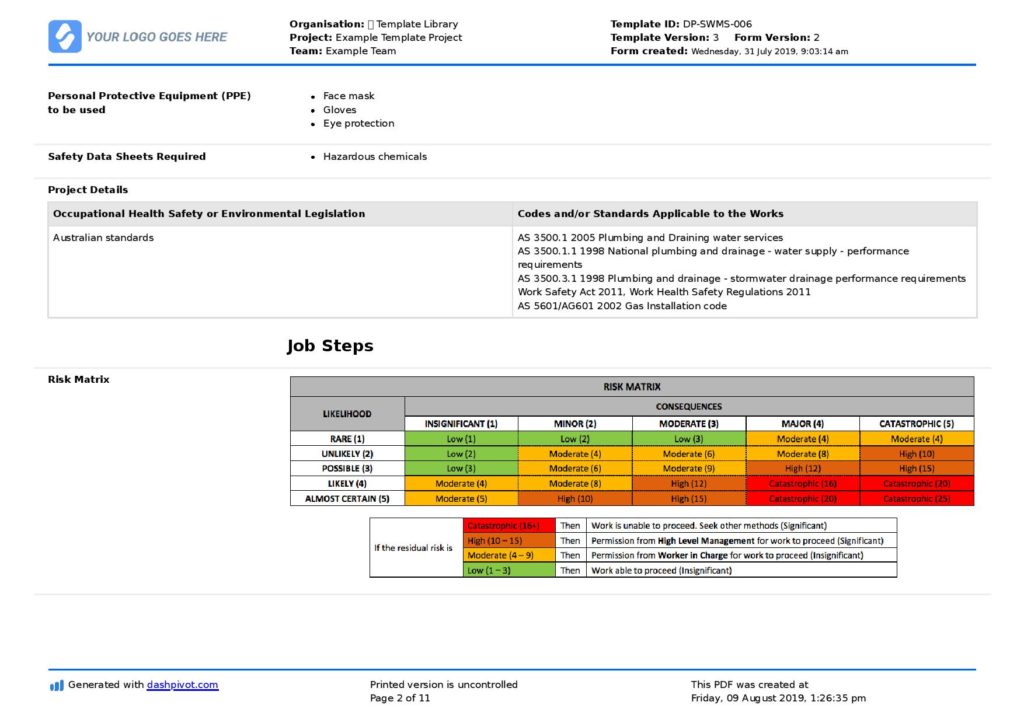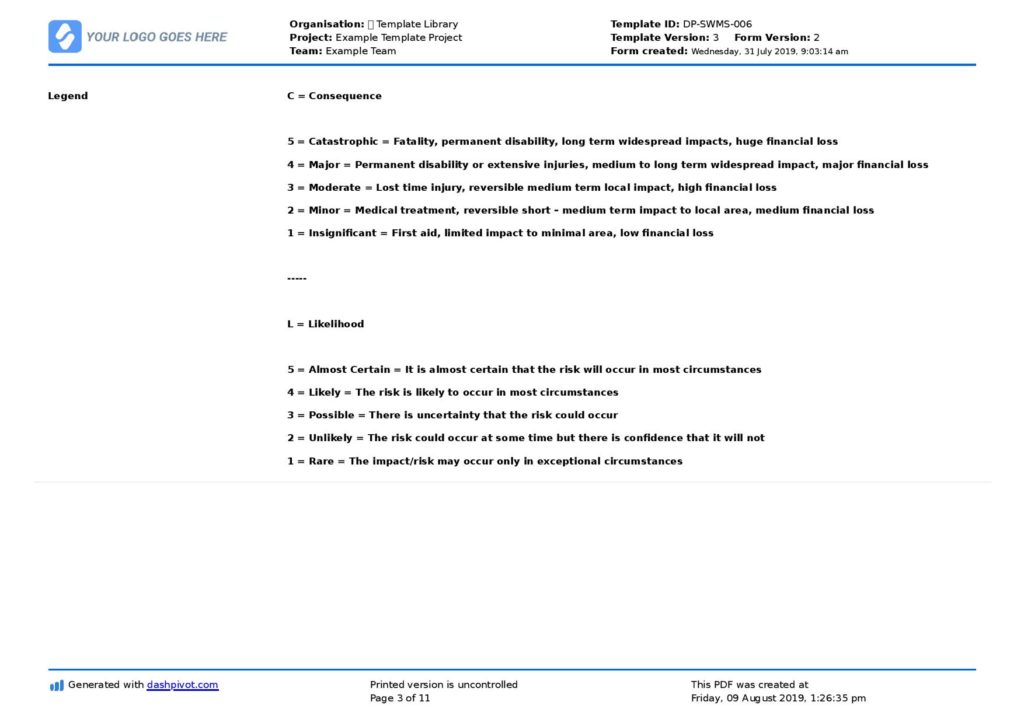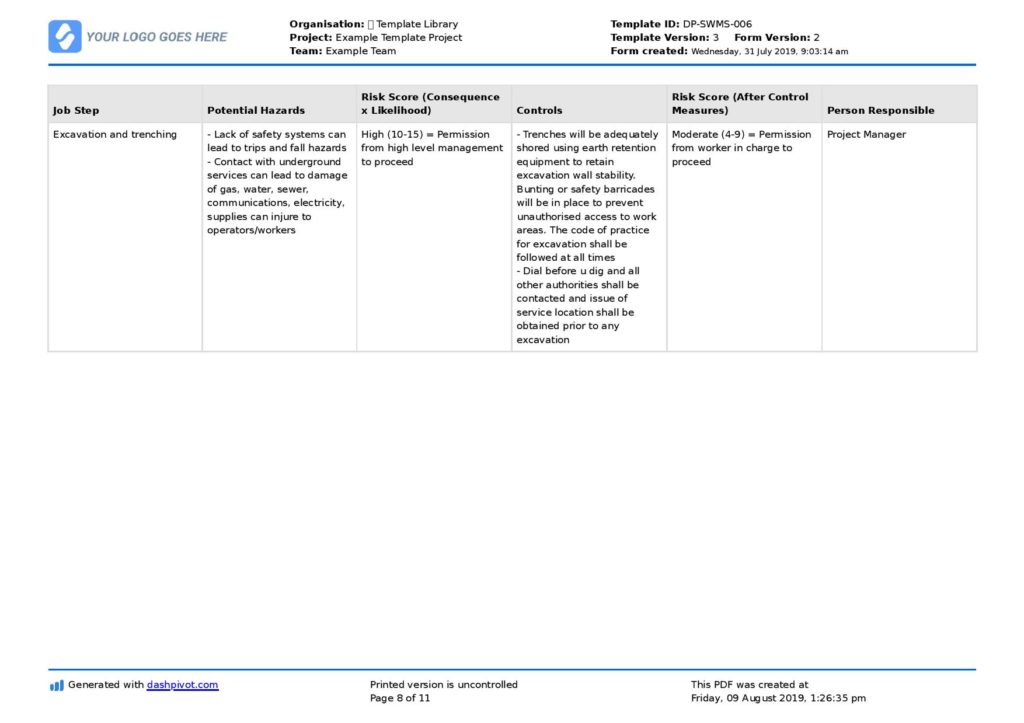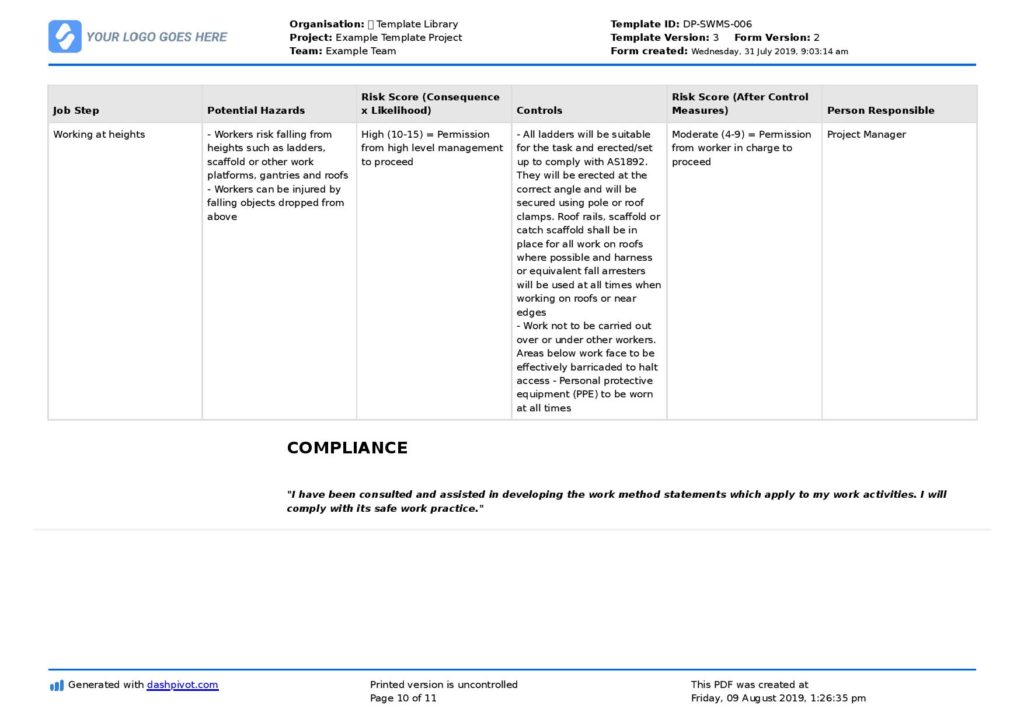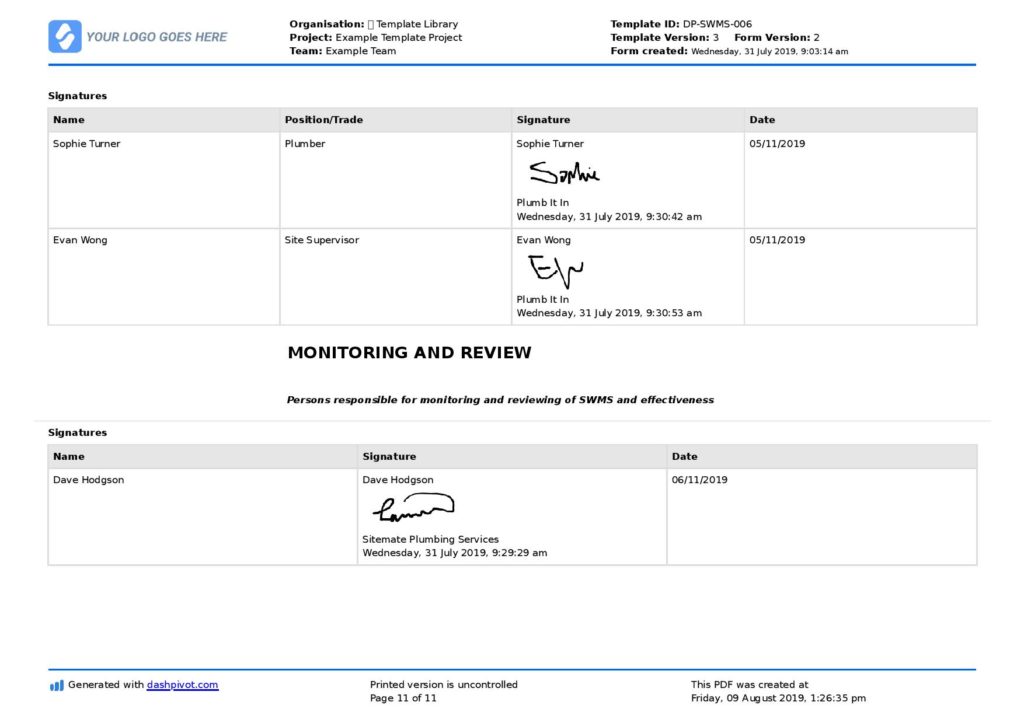Safe Work Method Statement template (SWMS template)
SWMS templates - free and editable safe work method statements
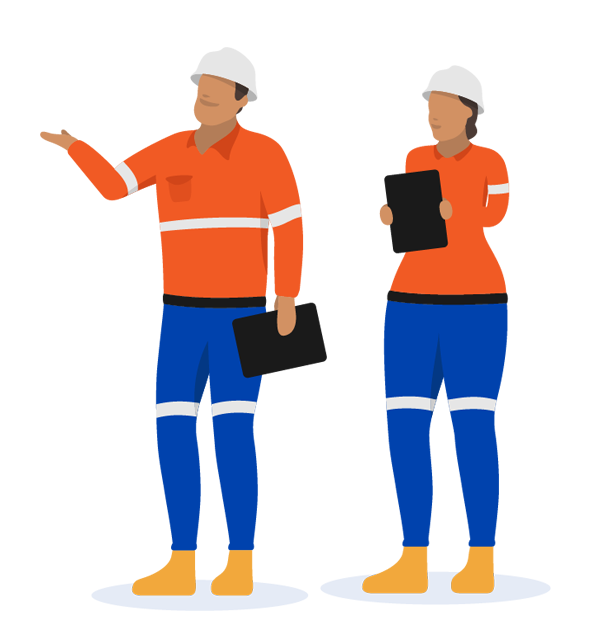
Most popular safe work method statement templates
How does each one of these SWMS templates work?
Access, view, edit and sign off on any SWMS from anywhere
All of these safe work method statements are digital documents, meaning they are smarter and more flexible than traditional paper, word, PDF or excel-based SWMS templates.
With cloud-based SWMS templates, you can access, view and sign off on any SWMS from any mobile, tablet or computer. When a change or signature is made to your current SWMS version, it is automatically and instantly updated - meaning as many people as you like can work off the same latest version of the safe work method statement at the same time.
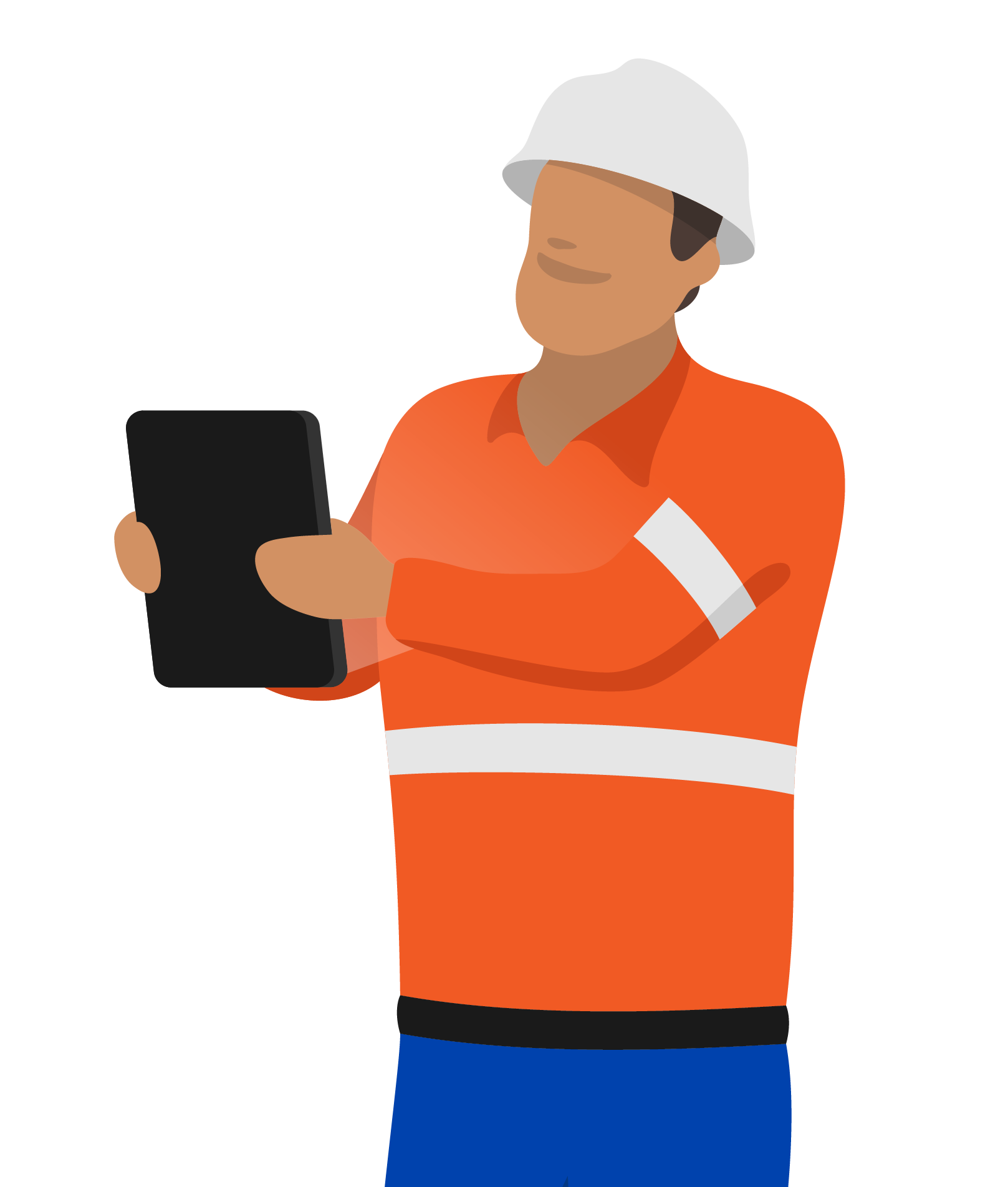
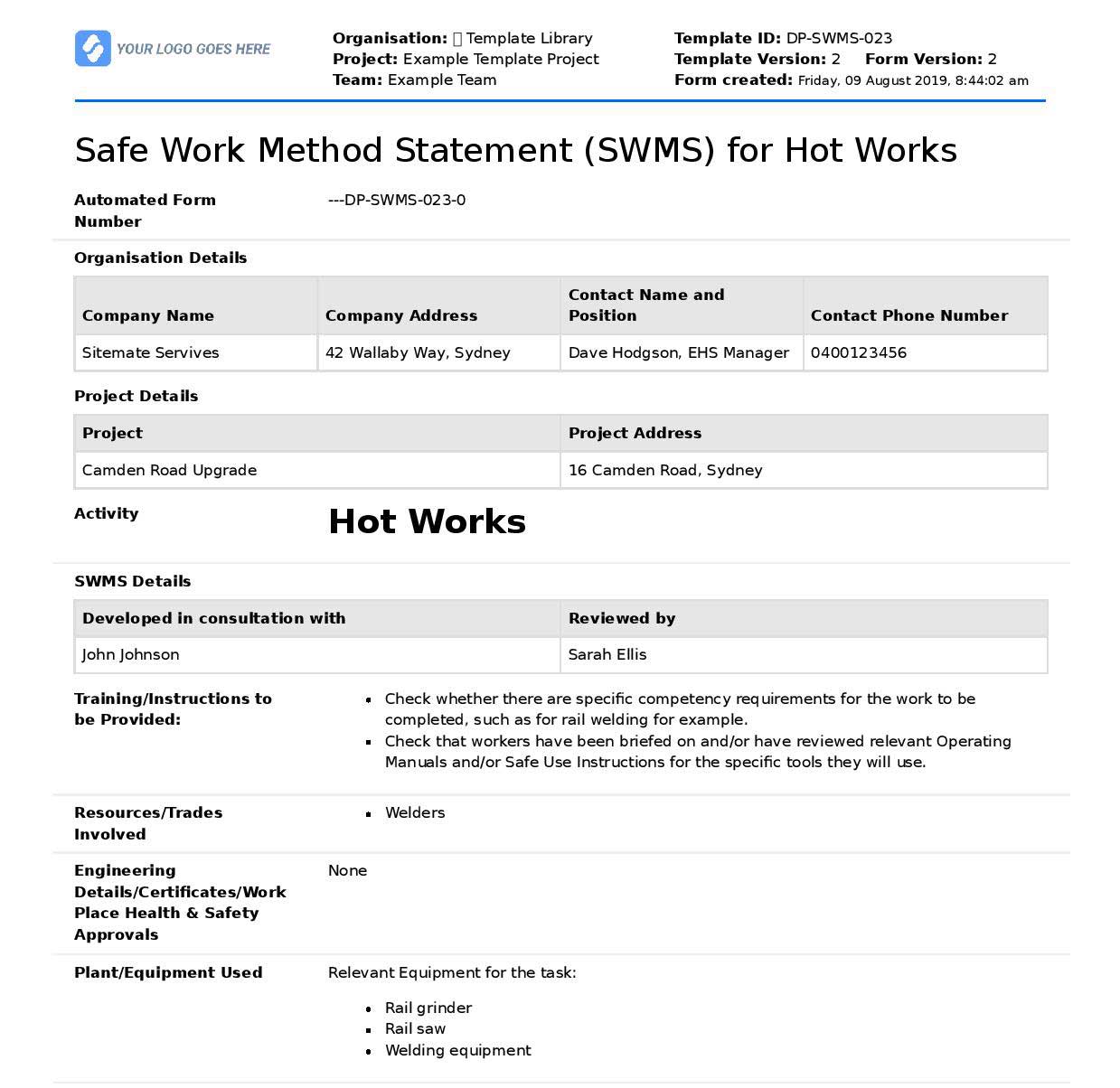
Download, print or share your SWMS as professionally formatted documents
Although it is massively beneficial to have and use digital safe work method statement templates, there are of course times when you still need to be able to print, download or send your SWMS document as a hard copy or more traditional format.
Using these templates, you can generate a PDF or CSV version of any safe work method statement in a single click, and every generated record comes professionally formatted with your company logo and colours.
This eliminates the formatting of documents after they have been created and signed off, and keeps all of your shared records standardised and professional.
Keep all of your SWMS documents stored securely and organised
You can use one of the above safe work method statement templates, or as many as you like.
Once you select the SWMS you want to get started with, you will also be able to add more activities and operations to your consolidated SWMS library.
All of the SWMS templates stay securely stored online, where you have controls to deploy them to specific projects and teams, version control and audit trail to remain compliant and other tools to make your life easier.
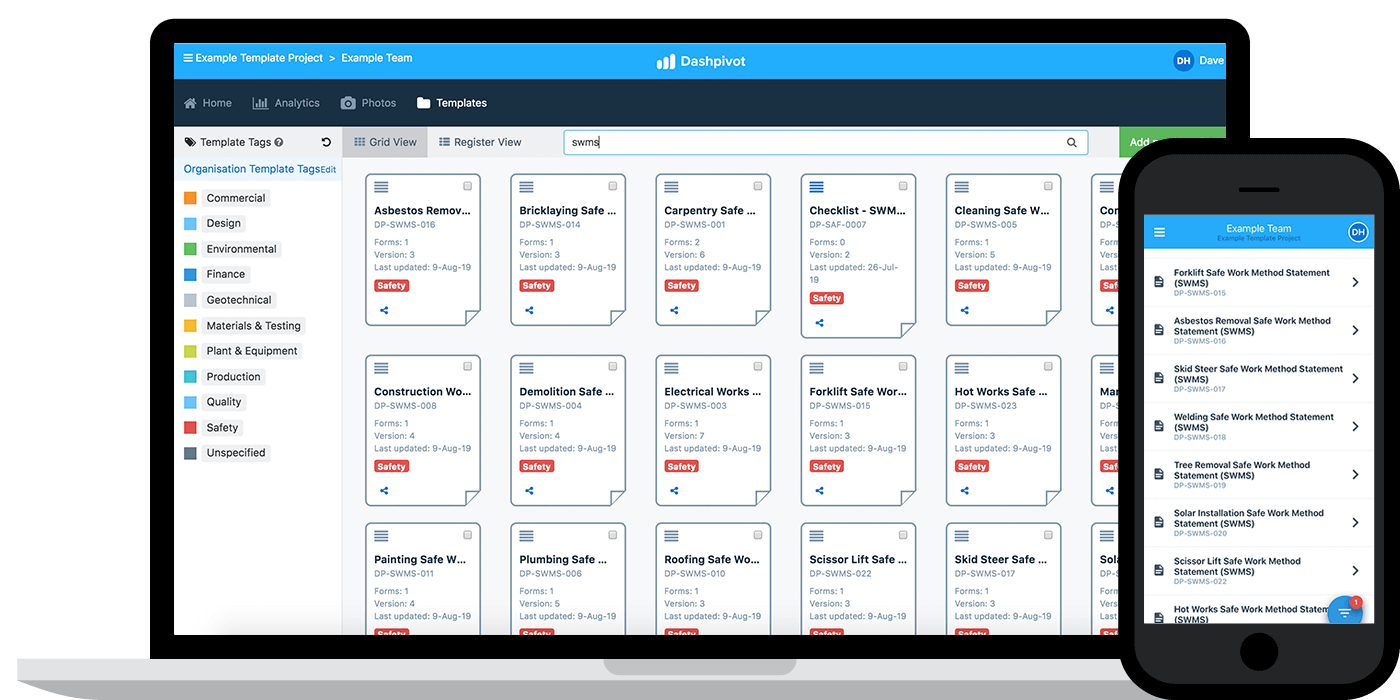
SWMS template proven structure - what's the layout of this safe work method statement?
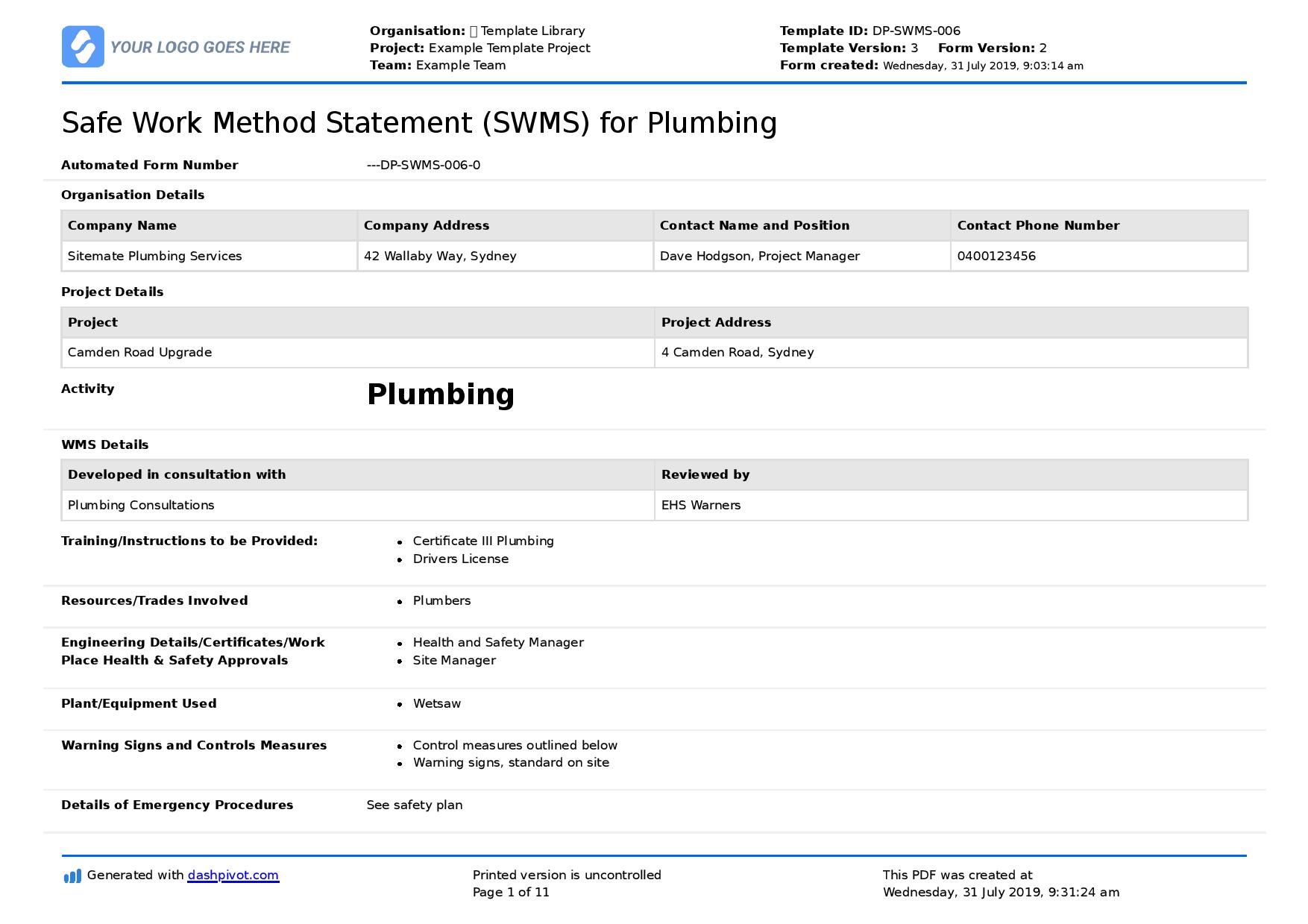
All of the above safe work method statement templates share a similar structure, because there are some objective 'best practices' when it comes to the makeup of any safe work method statement.
You can view the template layout below in graphic format, but here is a general overview of the different sections of the template:
Organisational details - A neat organisational details table at the top of your safe work method statement enables you to stamp all of your important information on each SWMS record, along with the contact person.
Project details - Different companies have different approaches to how often they review and adjust their SWMS, but each project should have a specific SWMS which is created and maintained specifically to cater to that environment, that site, the other parties involved etc. so you'll need to have a place to 'place' your details on a SWMS template.
The activity - You can have the type of high risk activity the SWMS was created for at the top of the document, but it's usually helpful to have it in at least one other place to clarify and add detail to the activity. For example, maybe the safe work method statement is for working at heights, but maybe it's for a specific type of working at heights which you could further denote in this section of the template.
Some other SWMS details - Including the parties or people who helped develop and review this safe work method statement can be really important. If there are issues later down the track or if something was missed or non-compliant, it helps to be able to look back and understand who worked on what and why.
Training and instructions to be provided - The core of a safe work method statement is the job steps of that specific high risk construction activity, but outlining the other core safety practices, procedures and rules behind these operations is crucial too. For most high risk construction activities, people require a certain level of training. It's in this section of the SWMS template that you can document the required level of training which everyone who participates in this work requires. For specific trade safe work method statements, this might include a trade license, and for more general tasks, this might include a specific induction or training session on that activity.
Resources trades involved - Safe work method statements are intended to be quite specific, and they are also typically applicable (or more applicable) to certain trades. Defining which trades will be involved in a specific activity is a good way - along with the training provided above - to ensure that everyone performing the activity should be doing so.
Engineering details/certificates/work place health and safety approvals - In some cases and for some specific activities, there might be some engineering requirements, specific certificates or specific approvals required to move forward with a specific task. This is where you would place that information.
Plant and equipment used - Many high risk construction activities involve plant and equipment, which can save time and manual labour but can also introduce their own hazards and dangers. Identifying the plant and equipment which will and should be used for a specific activity benefits the SWMS and SWMS readers in a number of ways: it clarifies which plant and equipment they should use, which plant and equipment they probably shouldn't use, and also serves to remind the person creating the safe work method statement about the hazards and risks associated with the plant and equipment used in accordance with activity.
Warning signs and control measures - Most of the control measures associated with the activity being assessed in the SWMS are outlined in the job steps section, but there may be some general control measures and warning signs in place which are applicable to this activity.
Details of emergency procedures - Most of the time, this section of your safe work method statement template says 'as per the safety plan', because the basic emergency procedure is generally applicable to any emergency which arises from this specific activity.
In some cases, it may be different, in which case this section of the template would allow you to outline specific around the emergency procedure.
Personal protective equipment (PPE) to be used - Personal protective equipment requirements are a staple section on any safe work method statement template - as well as most safety templates. This section of the template gives you a nice spot to point to in the case that someone who has signed off on the SWMS has not adhered to the PPE requirements clearly laid out in the SWMS.
Safety data sheets required - Another common and major source of danger on construction and industrial sites are safety data sheets. Where applicable, you should include details around the safety data sheets or safety data sheet requirements associated with a specific activity.
Legislative and codes/standards - Many of these high risk activities have led to many issues, injuries and fatalities in the past, which has led to the rise of legislation, standards and codes designed specifically for them. Listing the legislations and codes applicable to the activity is important, because it gives everyone a reference point and also shows any reader or auditor that the company was aware of the minimum requirements and it's obligations from a safety standpoint.
Job steps - The main section of any safe work method statement template - and the main contents of all of these SWMS templates is the job steps section. This section enables a company, project or team to outline all of the main steps involved with performing this activity, the hazards associated with each job step and the control measures in place for minimising and mitigating those hazards.
In addition, most safe work method statements will give each job step at least one risk score (which is the likelihood of the risk eventuating multiplied by its consequence), while many provide two scores - one before the control measures are in place and one after the control measures are in place.
This increase the likelihood that the control measures are well thought out and making an impact on safety.
Compliance signatures - The purpose of a safe work method statement is to ensure that everyone who conducts a specific high risk activity is conducting it safely. To 'record' that everyone has been shown the SWMS, people need to sign off and acknowledge that they have read and agreed to conduct work in this manner.
Monitoring and review signatures - Safe work method statements are living and breathing documents, and they need to be monitored for accuracy and reviewed regularly. Like all safety inputs and documents, the power of the document comes from being able to create it, and then measure it, and then improve it.
See a real-world example of the safe work method statement
Can you edit the template to suit your safety requirements and specific activity?
All of the above safe work method statement templates, as well as our blank template which you can use to turn any high risk construction activity into a SWMS, are completely customisable and editable. You can add sections, remove sections, change the nature of signatures, add picture fields, include more tables and more.
One of the main purposes of a SWMS is to create a work method statement which best outlines how to approach this specific activity in the context of the current environment and conditions.
Each SWMS should be as relevant as possible, really focusing in on how the hazards on this specific job or site are different, and how we need to adapt our work methods, operations ands control measures for this specific circumstance.
Safe work method statements are living documents which should be adapted and improved over time. While the structure and contents of your safe work method statement may look one way today, it might need to look and feel different tomorrow.
With these safe work method statement templates, you have the power and flexibility to continuously improve and modify your SWMS to better suit what's happening now - which is ultimately what will lead to better safety outcomes for all.
